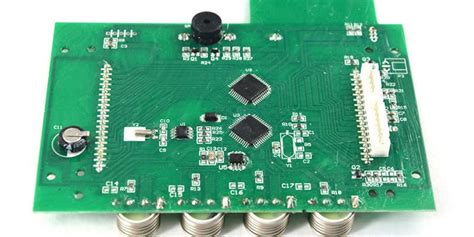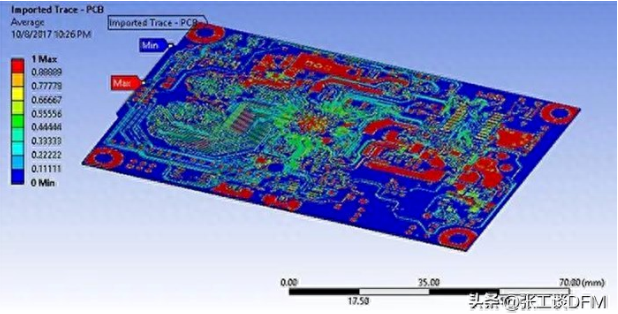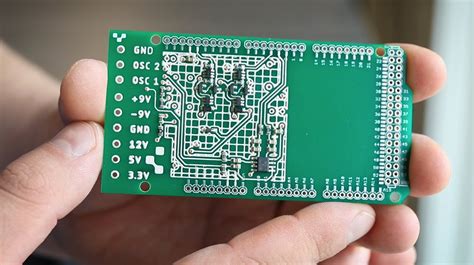Signal Isolation Technology
Signal isolation allows digital or analog signals to be sent without a galvanic connection across the barrier between the transmitter and receiver. This allows the difference between the ground or reference level outside the transmitter and receiver to be as high as several thousand volts and prevents loop currents between different ground potentials that could damage the signal. Noise on the signal ground can cause the signal to be corrupted. Isolation separates the signal to a clean signal subsystem ground. In another application, an electrical connection between the reference levels can create a current path that is unsafe for the operator or patient. The nature of the signal can indicate to the circuit designer the correct ICs to consider for the system.
The first type of isolation device relied on no transmitter and receiver to cross the isolation barrier. This device was used for digital signals, but linearization problems forced analog signal isolation to use transformers with modulated carriers to pass the analog signal across the barrier. Transformers are always difficult to make and are usually impossible to make into ICs, so capacitor circuits were devised to couple the modulated signal across the barrier. High slew rate transient voltages acting on the isolation barrier can act as signals to single capacitor barrier devices, so dual capacitor differential circuits have been developed to minimize errors. Capacitive barrier technology is now used in digital and analog isolation devices.
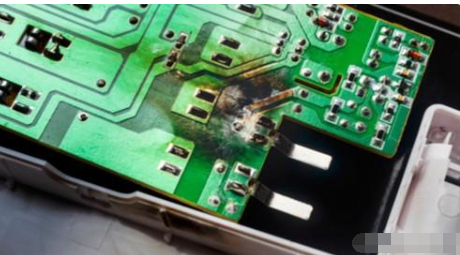
1.Isolating Serial Data Streams
There is a wide range of options for isolating digital signals. If the data stream is bit serial, the options range from simple optocouplers to isolated transceiver ICs. Key design considerations include:
· Required data rate
· Power requirements on the isolated side of the system
· Whether the data channel must be bidirectional
LED-based optocouplers were the first technology used to isolate design problems. Several LED-based ICs are now available with data rates of 10Mbps and above. An important design consideration is that LED light output decreases over time. So in the early days, excess current must be provided to the LED to ensure that sufficient output light intensity can still be provided over time. Because the power available on the isolated side may be very limited, the need to provide excess current is a serious problem. Because the drive current required by the LED can be greater than the current available from a simple logic output stage, special drive circuits are often required.
For high-speed applications and situations where the data stream is forwarded in the opposite direction under the control of a logic signal, the ISO 150 digital coupler from Burr-Brown can be used. Figure 1 shows the bidirectional application circuit of the ISO150. Channel 1 controls the direction of transmission for Channel 2 and is configured to transmit from end A to end B. The signal applied to the DIA pin determines the direction of the signal flow. A high level applied to end B puts that end of channel 2 into receive mode. A low level applied to the Mode pin of end A of channel 2 puts the channel into transmit mode. The state of the direction signal is available on both sides of the isolation barrier. This circuit can operate at a data rate of 80MHz.
The second variation of bit serial communication is the development of differential bus system devices.
These systems are described by the RS-422, RS-485 and CANbus standards. Some systems are fortunate to have a common ground, while many systems have nodes with different potentials. This is especially true when the two nodes are separated by a certain distance. The ISO 422 from Burr-Brown is an integrated full-duplex isolated transceiver designed for these applications. This transceiver can be configured as half-duplex and full-duplex (see Figure 2). The transmission rate can reach 2.5Mbps. The device even includes a loop-back test function, so each node can perform a self-test function. During this mode, the data on the bus is ignored.
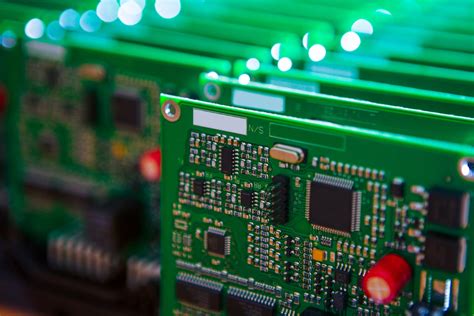
2.Isolating parallel data bus systems
Isolating parallel digital data buses will add three more major design parameters:
· Bus bit width
· Allowable skew
· Clock speed requirements
This task can be accomplished with a row of optocouplers, but the supporting circuitry can be complex. Propagation time mismatches between optocouplers will cause data skew, which will cause data errors at the receiving end. To minimize this problem, the ISO508 isolated digital coupler (Figure 3) supports double-buffered data buffers at the input and output ends. This configuration will transmit data at a rate of 2MBps.
The ISO508 has two operating modes.
When the CONT pin is set to a low state, data is transmitted across the barrier in a synchronous mode under the control of the LE1 signal. When LE1 is high, data is transmitted from the input pin to the input latch. When LE1 goes low, the data byte begins to be transmitted across the barrier. During this time, the input pins are available for the next data byte. In this mode, the data rate that can be transmitted can reach 2MBps.
When the CONT pin is set to a high state, data is sent across the barrier under the control of the device’s internal 20MHz clock. Data transmission is asynchronous to the external latch enable signal. Data is selected from the input latch to the output latch in serial form. After a byte is transmitted, the entire byte is shifted into the output latch, which will de-skew the transmitted data byte. For a complete 8-bit byte, the propagation delay will be less than 1ms.
3.Analog signal isolation
In many systems, analog signals must be isolated. The circuit parameters considered for analog signals are completely different from those for digital signals. Analog signals usually consider:
· Accuracy or linearity
· Frequency response
· Noise considerations
Power requirements, especially for the input stage, should also be concerned about the basic accuracy or linearity of the isolation amplifier cannot be improved by the corresponding application circuit, but these circuits can reduce noise and reduce the input stage power requirements.
Burr-Brown’s ISO124 simplifies analog isolation.
The input signal is duty-cycle modulated and sent across the barrier in a digital manner. The output section receives the modulated signal, converts it back to an analog voltage and removes the ripple inherent in the modulation/demodulation process. Due to the modulation and demodulation of the input signal, some restrictions of sampled data systems should be followed. The modulator operates at a fundamental frequency of 500kHz, so input signals above the 250kHz Ngquist frequency appear as lower frequency components in the output.
Although the output stage removes most of the carrier frequency from the output signal, there is still a certain amount of carrier signal present.
Figure 4 shows a combined filtering method to reduce high-frequency noise contamination in the rest of the system. The power supply filter can significantly reduce the noise that penetrates from the power supply pins. The output filter is a two-pole Sallen-key stage with a Q of 1 and a 3dB frequency of 50kHz. This reduces the output ripple by a factor of 5.
Another issue with isolation voltage is the power required by the input stage.
The output stage is usually referenced to chassis or ground, while the input is usually floating at another potential. Therefore, the power supply to the input stage must also be isolated. Usually a single supply is used instead of the ideal +15V and -15V supplies used.
Figure 5 shows that a single voltage supply combined with the 1NA2132 dual differential amplifier at the ISO124 input stage can be used to increase the swing to the full range of input signal levels. The only requirement is that the input supply voltage remain greater than 9V, which is required for the ISO124 input voltage.
The lower half of the INA2132 produces an output voltage that is half of the VS+ supply. This voltage is used as the REF pin of the other half of the INA2132 and the GND input of the ISO124 is a pseudo ground. The differential input signal of the INA2132 can swing above or below the new reference level. The output of the ISO124 will be fully bipolar, just like the input.
3.Multifunction IC for Isolation
New multifunction data acquisition ICs give designers the opportunity to complete multiple tasks while crossing the isolation screen. A complete data acquisition device can contain multiple analog switches, programmable gain instrumentation amplifiers, A/D converters, and one or more digital I/O channels. All of these functions are controlled through a serial data port. The ADS7870 from Burr-Brown is such a device. The ADS7870 works well with the ISO150 and is shown in Figure 6.
In this application, each programmable function of the ADS7870 is placed under the control of the main microprocessor, which itself is controlled by writing commands to registers through the serial communication port. Control features include:
· Multiplexer selection
· 4 differential channels or 8 single-ended channels
· Programmable instrumentation amplifier gain setting, 1 to 20
· Initialization of 12-bit A/D conversion
The device’s 4 digital I/O lines are also useful and can be individually specified to report the status of a digital signal or output a digital signal. This allows isolation of certain support functions such as level or error flag readout through the same ISO150 expansion signal multiplexer.
Conclusion
There are many devices available to designers to choose from and use in designs where the ground potentials of the system vary greatly. Each device is designed for unique system requirements. The high level of performance integration of the new devices enables more complex operations across the isolation barrier that were not previously possible.
Part 4 Crosstalk Control in High-Speed Digital Systems
Content: In high-frequency circuits, crosstalk may be the most difficult to understand and predict, but it can be controlled or even eliminated.
As switching speeds increase, modern digital systems encounter a series of problems, such as signal reflections, delay fading, crosstalk, and electromagnetic compatibility failures. When the switching time of integrated circuits drops to 5 nanoseconds or 4 nanoseconds or lower, the inherent characteristics of the printed circuit board itself begin to emerge. Unfortunately, these characteristics are harmful and should be avoided as much as possible during the design process.


